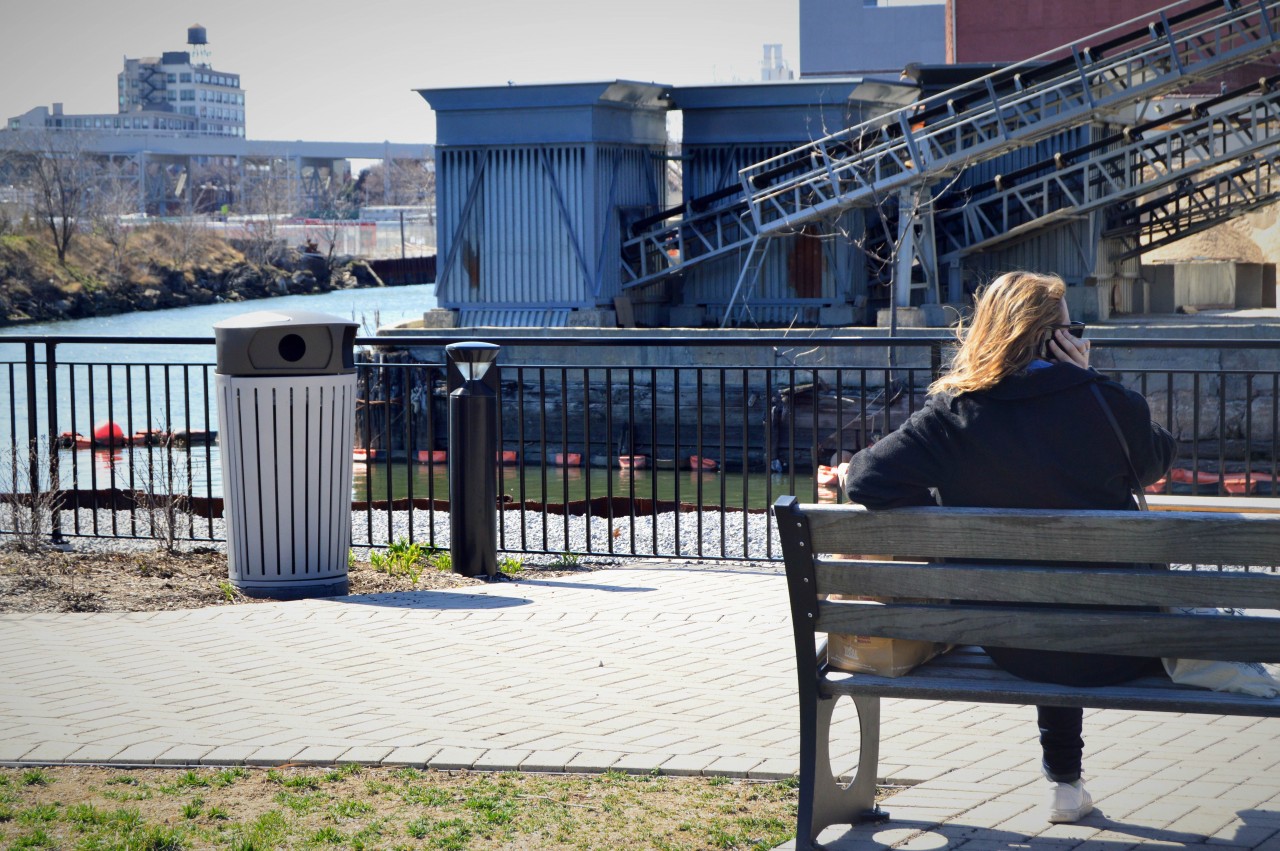
The Venice of Brooklyn?
“It’s been discussed as being a place that should just be landfilled and forgotten as a water body, to being the Venice of New York, to preserving it as sort of a museum of the legacy of environmental naivete and abuse.” – Biologist John Waldman
Without a shared vision, the future of the Gowanus looks unclear.
While the Lightstone development project completes construction, new commercial ventures also continue to spring up. A gourmet sandwich shop and a shoreline barbeque restaurant will soon join the ice cream shop, shuffleboard club, boutique pet parlor, and other new shops that have opened near the canal. As a result, slowly but surely, new residents are coming to the once off-putting neighborhood, lured by the promise of new green space and a vibrant waterfront community.
Many agree with residents like Owen Foote, who suggest that a unified vision of the future of the Gowanus Canal must represent the concerns of the community. Currently, the sporadic construction of independently minded developments, such as the large, ominous parole center that was completed in late 2014, does not respect any cohesive goal for the neighborhood. Directly across the canal from the parole center is the new Whole Foods – which, as Foote points out, is separated from the shoreline by a massive, railed off parking lot. The community had little input in the Whole Foods development plan.
Developments like Lightstone seek to create eco-friendly spaces that engage the community with the shoreline, reframing the canal as an amenity rather than a plague. Many people, like Foote, would agree that the more people who care about the canal and its well-being, the more likely it is that the federal government will feel community pressure to clean up the canal as quickly as possible.
On the other hand, the difficulties associated with carrying out the Superfund clean up are very real. And growth in the community means an increase in the volume of sewage that will inevitably flow into the canal during a rainstorm. Perhaps the retention tanks will provide a solution, but according to Councilman Steve Levin, it is still unclear when the city will be able to complete the construction of this long term project. Furthermore, until those responsible for the contamination of the canal assume and fulfill their financial role in the process, any clean up is far from guaranteed.
While the many who are invested in the Gowanus Canal and its history have differing visions of its future, everyone is ready to see its eventual recovery in some way.
[huge_it_videogallery id=”4″]
[huge_it_videogallery id=”5″]
[huge_it_videogallery id=”7″]
[huge_it_videogallery id=”6″]
